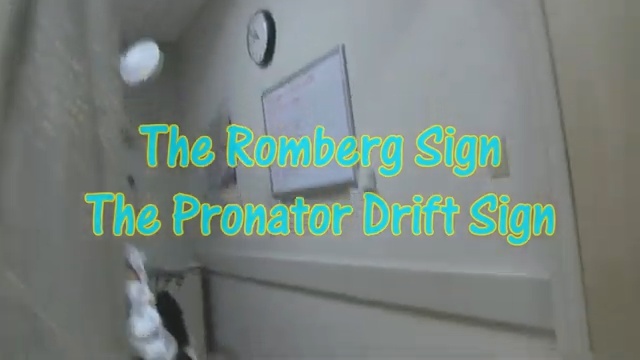Frog Sign Cardiology
🐸 Frog Sign (Cardiology)
Definition:
The "Frog sign" is a clinical sign seen in patients with complete atrioventricular (AV) dissociation, particularly in ventricular tachycardia (VT) or complete heart block (CHB). It refers to the visible, forceful, and regular pulsation of the neck veins (jugular venous pulsations) that resemble the movement of a frog’s throat during croaking.
💓 Mechanism (Pathophysiology):
In AV dissociation, the atria and ventricles contract independently.
Occasionally, the right atrium contracts against a closed tricuspid valve (because the ventricle is already contracting).
This causes retrograde flow of blood into the jugular veins, leading to prominent, sudden bulging of the neck veins — appearing like a frog’s throat movement.
🧠 Seen in:
Ventricular tachycardia (VT) — classic cause
Complete heart block (third-degree AV block)
AV nodal reentrant tachycardia (AVNRT) — can also cause intermittent frog sign
🔍 Clinical Features:
Regular, forceful jugular venous pulsations
Occur synchronously with carotid pulsations
Best seen in ventricular tachycardia with AV dissociation
May be visible in the neck veins (especially in the supraclavicular fossa)
🩺 Mnemonic:
FROG → “Forced Retrograde ‘a’ waves in the neck”
📋 Summary Table:
Feature Description
Name Frog Sign
Appearance Bulging, rhythmic neck pulsations resembling frog throat
Cause Atrial contraction against closed tricuspid valve
Mechanism AV dissociation (independent atrial & ventricular contractions)
Common in Ventricular Tachycardia, Complete Heart Block, AVNRT
Clinical importance Suggestive of AV dissociation — helps distinguish VT from SVT
Definition:
The "Frog sign" is a clinical sign seen in patients with complete atrioventricular (AV) dissociation, particularly in ventricular tachycardia (VT) or complete heart block (CHB). It refers to the visible, forceful, and regular pulsation of the neck veins (jugular venous pulsations) that resemble the movement of a frog’s throat during croaking.
💓 Mechanism (Pathophysiology):
In AV dissociation, the atria and ventricles contract independently.
Occasionally, the right atrium contracts against a closed tricuspid valve (because the ventricle is already contracting).
This causes retrograde flow of blood into the jugular veins, leading to prominent, sudden bulging of the neck veins — appearing like a frog’s throat movement.
🧠 Seen in:
Ventricular tachycardia (VT) — classic cause
Complete heart block (third-degree AV block)
AV nodal reentrant tachycardia (AVNRT) — can also cause intermittent frog sign
🔍 Clinical Features:
Regular, forceful jugular venous pulsations
Occur synchronously with carotid pulsations
Best seen in ventricular tachycardia with AV dissociation
May be visible in the neck veins (especially in the supraclavicular fossa)
🩺 Mnemonic:
FROG → “Forced Retrograde ‘a’ waves in the neck”
📋 Summary Table:
Feature Description
Name Frog Sign
Appearance Bulging, rhythmic neck pulsations resembling frog throat
Cause Atrial contraction against closed tricuspid valve
Mechanism AV dissociation (independent atrial & ventricular contractions)
Common in Ventricular Tachycardia, Complete Heart Block, AVNRT
Clinical importance Suggestive of AV dissociation — helps distinguish VT from SVT





















Medical Student
This was incredibly helpful for my upcoming exam. Thank you!
Nursing Professional
Great explanation of the ECG changes in hyperkalemia!